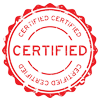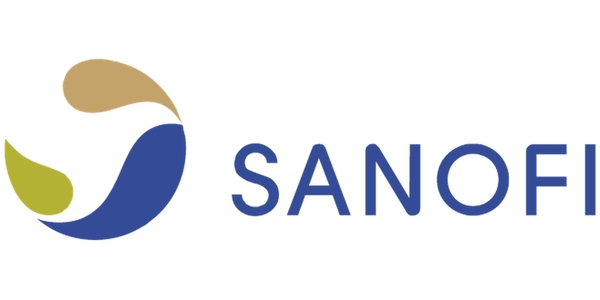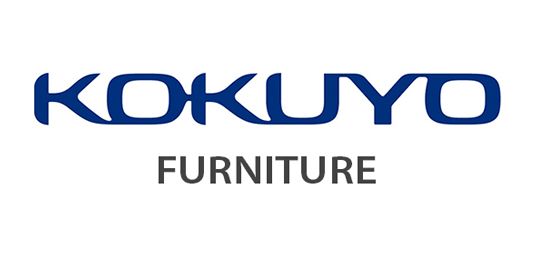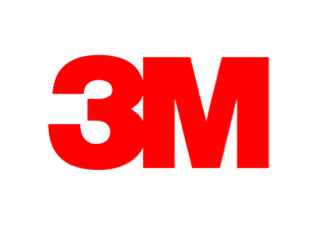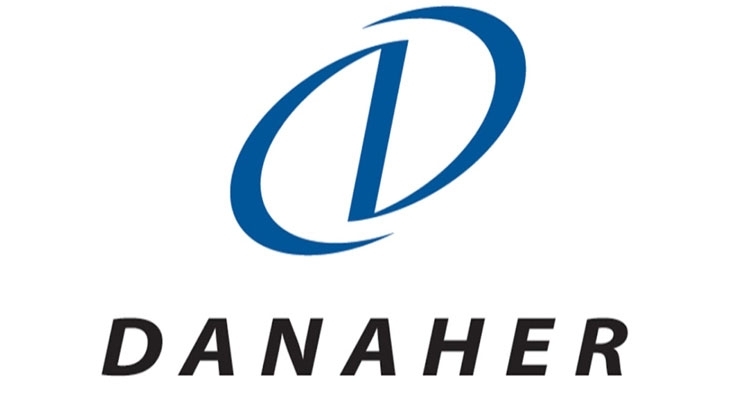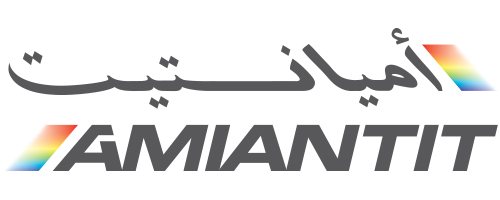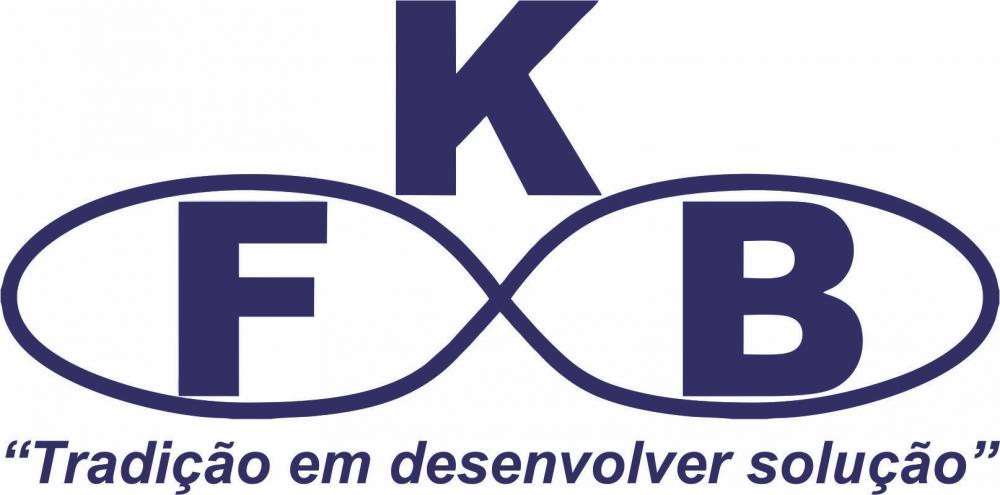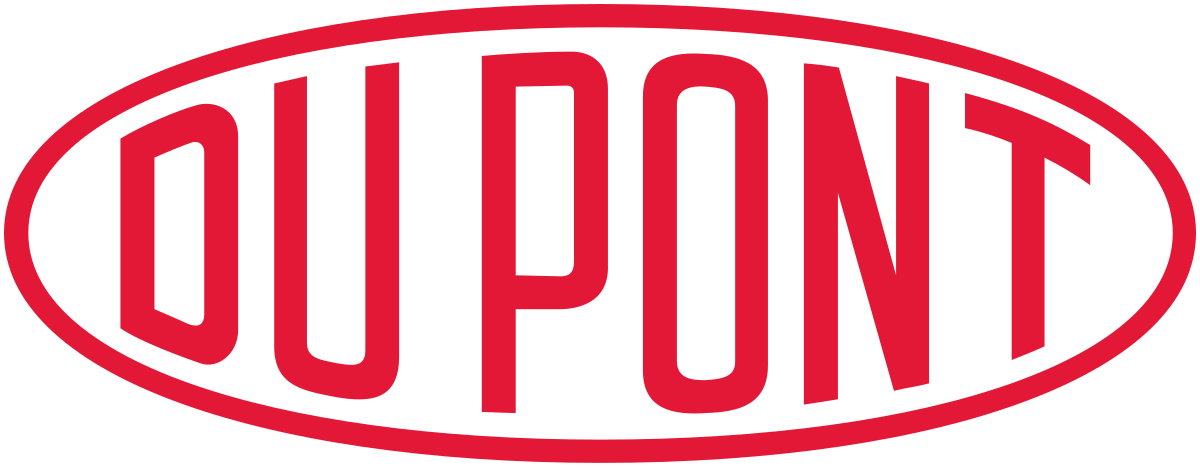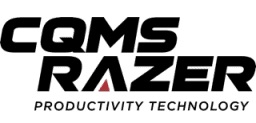Polyamide in E-mobility Market 2022 - By Product , By End Users/Applications , By Vehicle Type & Global Region - Market Size, Trends, Share & Forecast 2027
The global auto industry is witnessing, since the past decade, a tremendous push towards electrification. This, along with environmental concern push the needs for more sustainable but also better performing polymers to withstand the new requirements of the increasing electrified vehicles. One such polymer: Polyamide is known to be a type of synthetic polymers that are made of repeating amide linkages, which are commonly used in automotive Industry. The key reasons of its use are light weighting, efficiencies and costs.
These polyamides are high quality and proven products for components such as battery brackets and housings in electric vehicles. Their partially aromatic matrix enables them to remain stiff and strong, even after water absorption. EV segment, though still at a nascent stage, will very quickly pick up after certain initial challenges are overcome.
Owing to the above, the Polyamide in E-mobility market is anticipated to flourish at a robust CAGR in the coming years.
MARKET DRIVERS:
The growth of this market is attributed to various pertaining factors including the developments across engineering of/in plastics, growing acceptance of electric cars across developing countries, increasing awareness among automakers about multitude of benefits of using polyamide, the escalating trend of vehicle electrification etc.
Moreover, increasing fuel prices and environmental concerns are resulting in a monumental shift from conventional, internal combustion engine (ICE) only vehicles to their electric variants. Consequently, HEVs are said to account for over 60% of the revenue share of polyamide in e-mobility market. This creates more opportunities for the growth of polyamide manufacturers in the e-mobility market.
Furthermore, polyamides are highly proven to provide thermal stability, temperature resistance properties, can withstand high temperatures attributed to their flame-retardant characteristic and are also associated with fast battery charging. All these factors, collaboratively, contribute to the scaling of the polyamide in e-mobility market.
POLYAMIDE IN E-MOBILITY MARKET SEGMENTATION:
By Product:
- PA 6
- PA 66
- Others
By End Users/Applications:
- Electric/Electronic Components
- Under-Bonnet Components
- Vehicle Exterior
- Vehicle Interior
- Others
By Vehicle Type:
- Hybrid electric vehicles (HEVs)
- Plug-in hybrid electric vehicles (PHEVs)
- Electric Vehicles (EVs)
REGIONAL INSIGHT:
Among all regions, the Asia Pacific region is expected to witness a significant growth in this market in the next few years. This can be attributed to the rapidly growing automotive industry and the trend of vehicle electrification in developing countries, the rise in local production and sales of electric vehicles, increasing demand for polyamide in e-mobility market in versatile applications, such as e-motors and batteries, increasing investment by the government and the players etc.
India plans to ban ‘non-green vehicles’ by 2030, France and Germany by 2040. And even China, which produces about 30 per cent of the worldwide vehicles tend to develop a similar strategy. These decisions have a huge impact on OEMs strategies and thereby affect the overall market of polyamide in e-mobility.
FEW KEY PLAYERS IN POLYAMIDE IN E-MOBILITY MARKET:
- DowDuPont
- BASF
- Lanxess
- Arkema
- EMS Group
- UBE Industries
- Mitsui Chemicals
- Kuraray
- Evonik
- Kingfa
- Ashok Minda Group
- CIE Automotive
- Teijin Limited
- Flex-N-Gate
- IAC Group LLC
- Magna International
- Toyoda Gosei Co. Ltd.
- Samvardhana Motherson Group
- Nifco Inc.
- Other Players
RECENT DEVELOPMENTS:
- In January 2019, Osaka, Japan–based Unitika developed a series of polyamide (PA) resins that it says can be applied in demanding thermal-management applications. The company has tailored specific grades for applications such as LED components and electric motor parts that are utilized in the auto and electrical/electronic sectors where thermal management is indispensable.
- In November 2019, Solvay Performance Polyamides’ Technyl Blue range, the market reference for thermal management, was enriched with new grades specifically designed for electric vehicle (EVs/HEVs). Based on PA 66/PA 6.10 polymer technology, these new materials address both injection moulding for parts in cooling circuits and air-conditioning systems, which also benefit from the new extrusion range.
- In September 2020, BASF launched an optimized Red Phosphorus polyamide grade for the Asian markets. With this new offering, BASF strengthened its product range of industrial and transportation applications by introducing compared to conventional materials. The new Red Phosphorus grade is currently considered one of the best-in-class material because of its superior mechanical performance and high flame-retardancy with a PH release value of less than 20ppm.
- In October 2020, LANXESS announced that it has developed three new halogen-free, flame-retardant Tepex variants with a polyamide 6 matrix. The variants would focus on automotive, electrical/electronic, and industrial applications.
- In October 2020, JoinPlas, the joint venture between technology company Continental and system supplier aft automotive, impressed the 18th Materialica Design + Technology Award judges with a synthetic modular coupling system for thermal management in vehicles. The award-winning coupling system saves material, reduces weight and optimizes media flow in vehicles both with electric drives and with internal combustion engines. JoinPlas, which was set up this year, will begin production of these high-performance synthetic couplings for future mobility at the beginning of 2021.
Timeline Considered for Analysis:
- 2021: Base Year
- 2022: Estimated Year
- 2022 to 2027: Forecast Period
Research Scope and Deliverables
Overview & Executive Summary
Market Drivers, Trends, Challenges and Opportunities
Market Size and Forecast Projections
Macroeconomic Indicators of Various Countries Impacting the Growth of the Market
Extensive Coverage of Industry Players including Recent Product Launches and Market Activities
Porter’s Five Force Analysis
Market Segmentation Analysis:
Industry report analyses the global polyamide in e-mobility market by the following segments:
- Product
- End Users/Applications
- Vehicle Type
Customization: We also offer customization’s in the industry report as per the company’s specific needs.
Key Questions Answered in the Global Polyamide in E-mobility Industry Report
- What is the overall market size in 2021? What will be the market growth during the forecast period i.e. 2022-2027?
- Which region would have high demand for product in the upcoming years?
- What are the factors driving the growth of the market?
- Which sub-market will make the most significant contribution to the market?
- What are the market opportunities for existing and entry-level players?
- What are various long-term and short-term strategies adopted by the market players?
Powered by Froala Editor
Powered by Froala Editor
Powered by Froala Editor

Need Customized Report for Your Business ?
Utilize the Power of Customized Research Aligned with Your Business Goals
Request for Customized Report
- Publication date: 12th July 2022
- Base year: 2023
- Forecast year: 2024-2033
- Format: PDF, PPT,Word,Excel
- Quick Contact -
- ISO Certified Logo -


